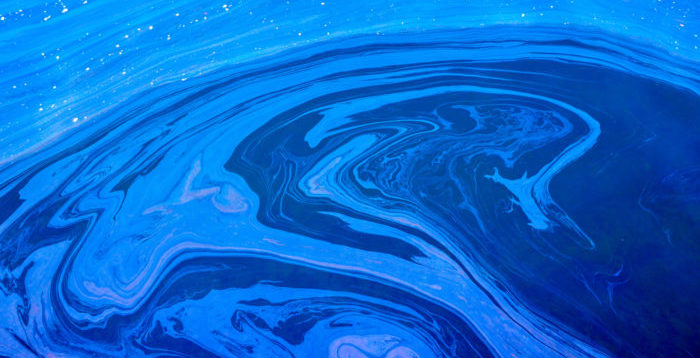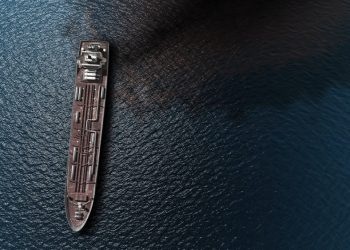Oil spill is a serious form of pollution, threatening the oceans and the wildlife, making the cleanup operations a major priority. Thus, researchers from the Johns Hopkins University discussed how chemical herders can facilitate the concentration of an oil slick on water.
Specifically, the three researchers, Lakshmana Chandrala, Franz O’Meally and Joseph Katz, speaking during the American Physical Society’s Division of Fluid Dynamics 72nd Annual Meeting addressed the importance of using chemical herders to concentrate an oil slick on water, which would ease the procedure of an easy burning to cleanup.
In the study, the characteristics of mechanically generated breaking waves of varying energies are visualized in clean seawater and water treated with a herder containing 65% Span-20 and 35% 2-ethyl butanol at a concentration of 5.5 ml/m2. The experiments were conducted into a transparent tank, and researchers had set high-speed cameras to follow the evolution of both waves.
[smlsubform prepend=”GET THE SAFETY4SEA IN YOUR INBOX!” showname=false emailtxt=”” emailholder=”Enter your email address” showsubmit=true submittxt=”Submit” jsthanks=false thankyou=”Thank you for subscribing to our mailing list”]
Chandrala commented that the oil slicks are most of the times subjected to breaking waves, causing oil slick to break into droplets and disperse into the water column.
Stronger breaking waves disperse or break the slick more effectively, and weak waves may not spread the oil slick
… Chandrala added.
Moreover, the experiment resulted to the fact that adding chemical oil herders amplifies the strong breaking waves, which may disperse or spread the oil slicks into the water column. Yet, for the burning to be effective, the oil slick should remain as a single slick. Therefore, chemical herders will not be effective when strong waves are present on open oceans.
Conversely, chemical herders suppressed weaker waves and made the water calmer. The presentation will include further discussion on the dynamics of how waves form when chemical herders accumulate at the interface of water and air.






























































